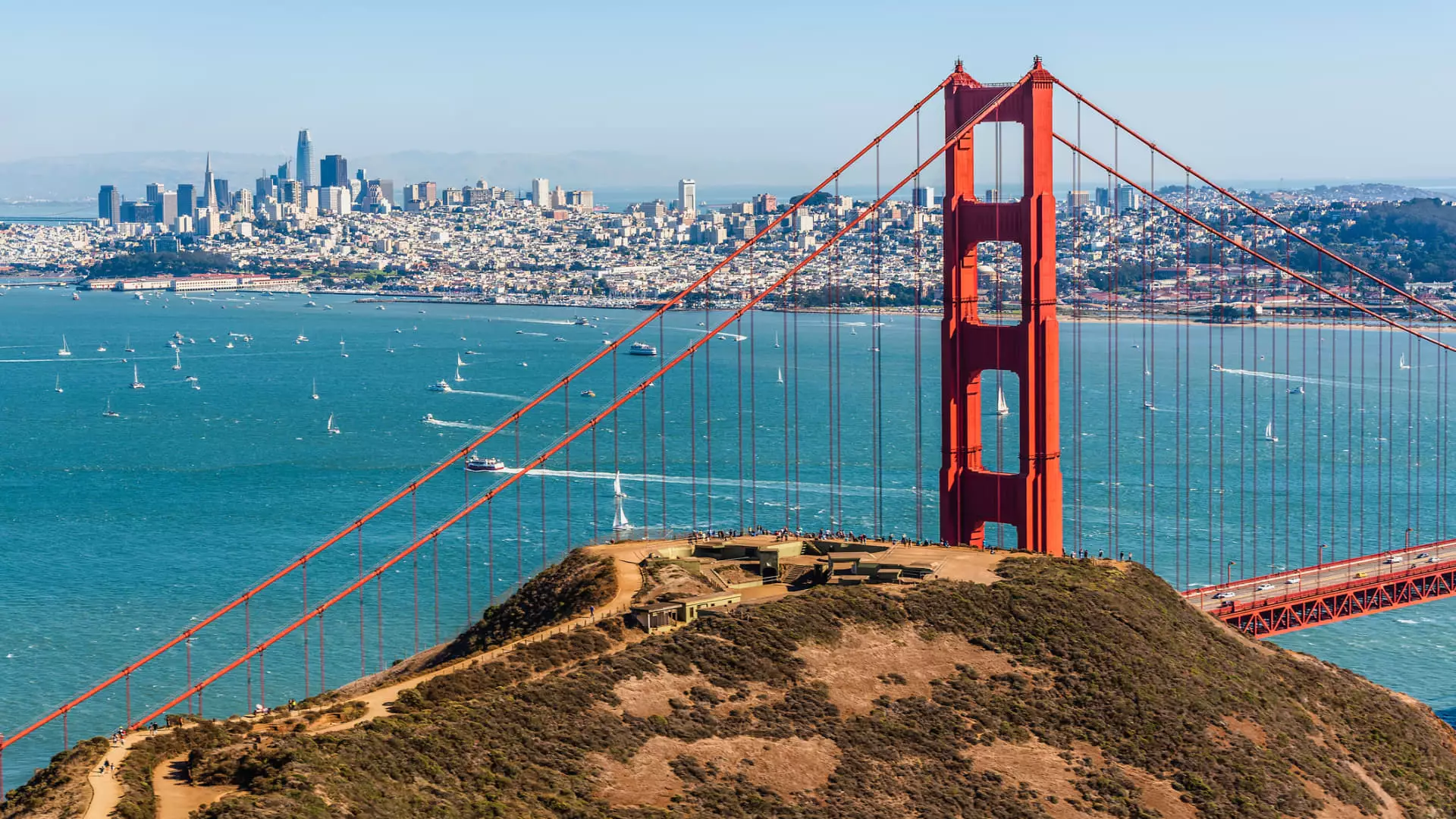America has long been touted as the land of opportunity, yet a darker narrative is evolving amidst the dazzling glimmer of new fortunes. A recent report has illuminated the stark reality that more than a third of the world’s millionaires and billionaires now reside in the United States. This staggering proportion—6 million liquid millionaires and 867 billionaires—does not merely reflect success; it underscores a significant socioeconomic divide that threatens to engulf the fabric of our society. As tech companies and startups generate unprecedented wealth, a question emerges: who truly benefits from this economic boom?
The Illusion of Prosperity
With an increase of 78% in liquid millionaires in just one decade, the numbers can easily beguile. However, this explosion of wealth raises eyebrows when it comes to income distribution and economic mobility in America. The glimmering figures dance in stark contrast to the lived experiences of everyday citizens who struggle to make ends meet. For every story of a success emerging from Silicon Valley, there are countless others juggling multiple jobs and struggling with exorbitant housing costs. While the millionaire class flourishes in places like New York and the Bay Area, many Americans remain trapped in a cycle of poverty, further exacerbating class divisions that could destabilize our democratic values.
Tech’s Treasure Trove: A Double-Edged Sword
One of the central arguments heralding the tech sector’s rise is that it fuels innovation and creates jobs. However, the truth is often more nuanced. The overwhelming concentration of wealth within the tech elite has fostered a species of oligarchy that sidelines the majority. Take the example of California, which not only attracts high net worth individuals but also sees a continual influx of immigrants aiming to seize their piece of the American Dream. Yet, as neighborhoods gentrify and the cost of living skyrockets, the myth of equal opportunity is sharply called into question. This growing disparity breeds resentment; it feeds divisive politics that threaten to orphan millions while propelling a privileged few into extraordinary wealth.
The Race Among Cities for Cultural Capital
The report highlights the incredible growth of millionaire populations in places like Scottsdale and West Palm Beach. While this trend may seem innocuous, it signals a migration of wealth that reshapes the cultural landscape of these cities. As wealth accumulates in the hands of a select few, we must consider what communities lose in the shuffle—affordable housing, diverse socioeconomic environments, and cultural vitality. Indeed, the competition between traditional wealth centers like New York and emerging tech hubs like the Bay Area indicates much more than geographical tension; it speaks to the very essence of American identity in the 21st century.
Ultimately, the narrative of wealth in America is one of astounding paradoxes. For every affluent neighborhood flourishing with tech moguls and venture capitalists, there lies a hidden underbelly of economic hardship and divisiveness. The American Dream is now not just a testament to possibility but a cautionary tale of what happens when prosperity becomes concentrated in the hands of a few. Balancing opportunity for all with the allure of riches may be the most formidable challenge America has yet to face.


Leave a Reply